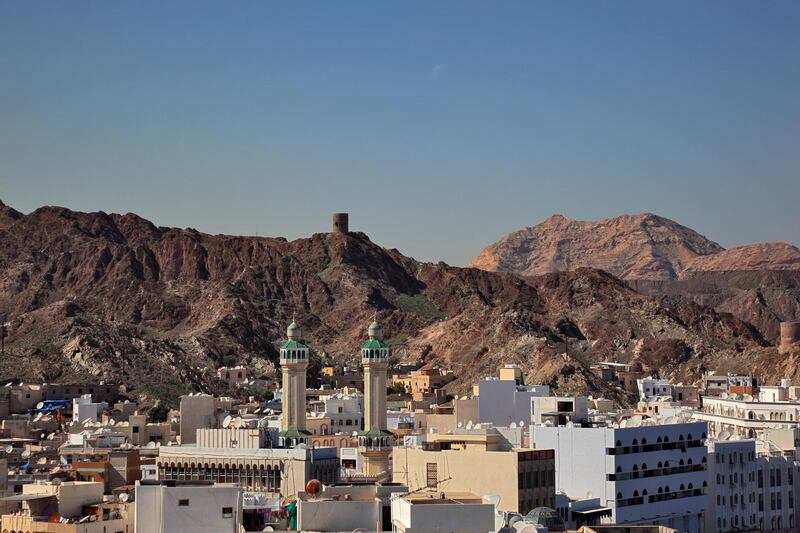S&P downgraded Oman’s long-term credit rating further into junk territory on the the back of the sultanate’s rising international debt, but affirmed the outlook for the country as stable.
S&P lowered the country’s credit agency to BB from its previous level of BB+, its second downgrade in six months, as the country continues to look to international markets to service its fiscal deficit, brought on by lower oil revenues.
The downgrade follows similar moves by fellow rating agencies Fitch and Moody’s in June and July respectively, with both downgrading the outlook for Oman to negative.
“We project Oman's external debt will exceed its liquid external assets for the first time next year, with the gap widening to 25 per cent of current account receipts by 2020,” the agency said on Saturday.
__________________________
Read more:
[ Saudi Arabia top reformer in the GCC last year, World Bank says ]
[ To offset oil slump World Bank director urges reining in of wage bills and levying of taxes ]
_________________________
“Following the implementation of [Opec’s] oil production limit quotas, Oman has voluntarily reduced its production by about 30 thousand barrels per day, resulting in lower export revenues and wider current account deficits.”
Oman sold US$5 billion worth of international bonds in March of this year in a bid to cover the shortfall to its budget form lower oil revenues.
Last month the IMF forecast zero per cent growth for Oman's economy for 2017 due to the drop in the country's oil output. Growth is forecast to recover to 3.7 per cent in 2018, the fund said with the budget deficit forecast to fall to 14.3 per cent of GDP from 18.6 per cent this year.
S&P noted that Oman’s economy remains heavily reliant on the hydrocarbons sector in spite of attempts to diversify revenue streams via the development of other sectors including tourism and logistics, and that the country’s monetary policy tools remain limited due to the Omani rial’s peg to the US dollar.
However, the agency kept its outlook for the country unchanged at ‘stable’ on the expectation that the government’s fiscal assets will continue to exceed its debt in the coming two years.
“The ratings are also supported by what we view as potential support from other neighboring Gulf Cooperation Countries, for example in the event of significant deterioration in its external reserves that support the Omani rial's peg to the US dollar.
S&P also noted that Oman had experienced “steady improvement” in human development indicators, stemming both from a combination of high hydrocarbon revenues and progressive policies in previous years.






